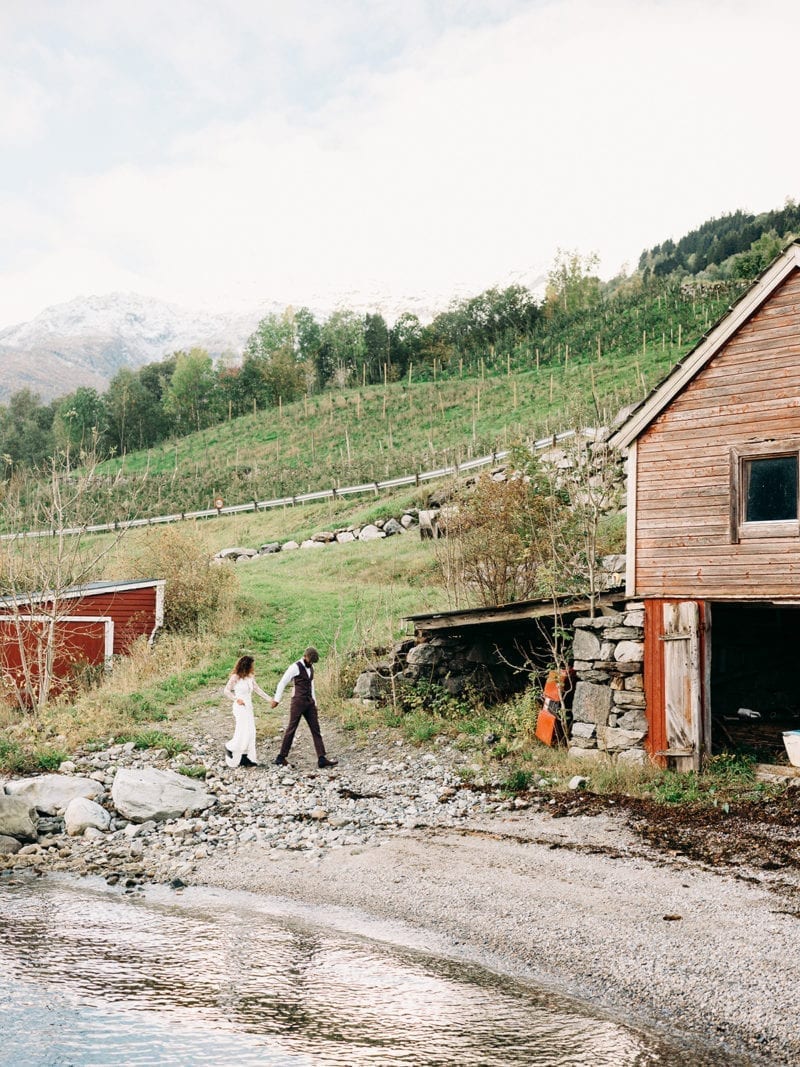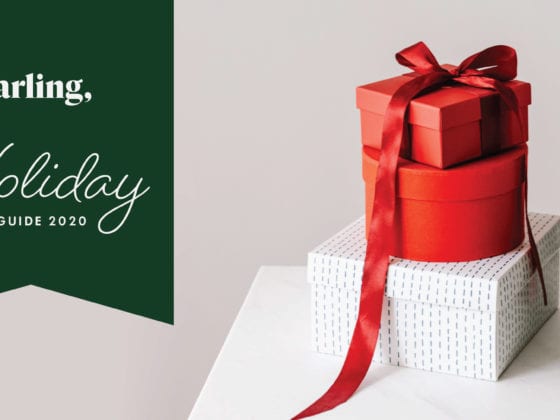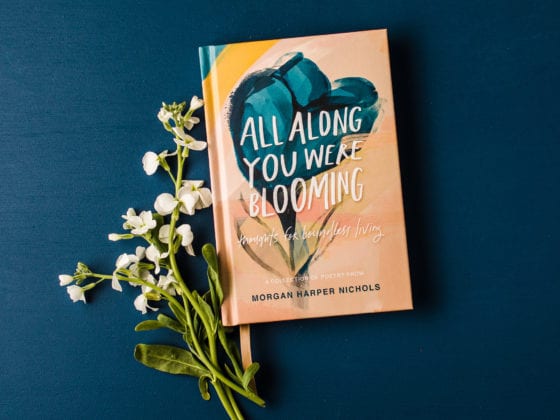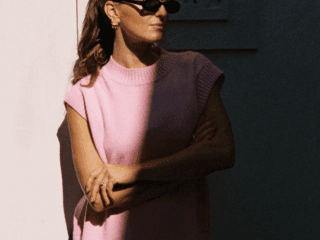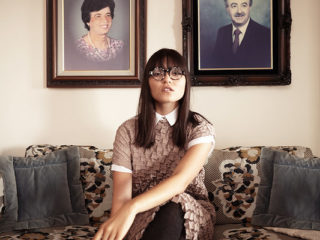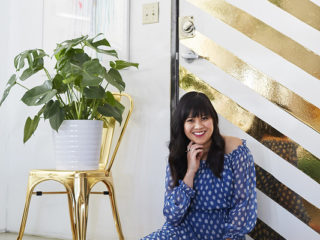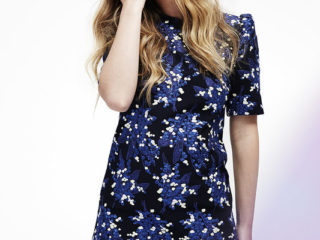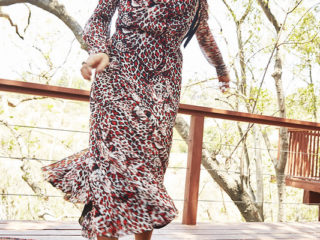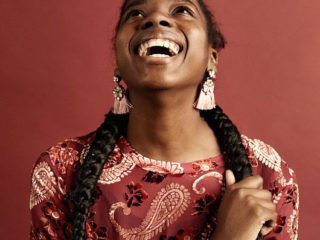As I walked through the lush, hilly field, my gaze shifted from the sea of wildflowers to the abandoned barn ahead. My right knee cracked as I stepped into a soft spot in the earth. Even though scar tissue lay beneath the surface from several surgeries, my leg was now strong. It did the job and carried me onward.
Once I reached the old and tattered barn, I slowly took in each detail. I appreciated the mismatched wood, noticing unintentional patterns within them. The doors no longer closed, likely from years of storm damage and use. I peered inside, the smell greeting me first. The scent of livestock still lingered, mixing pleasantly with the smell of lumber.
I imagined the cows, sheep and other beautiful creatures who used to take shelter inside. I could envision a corner where hay bales and grain were stored for food and another where heavy tools were stacked up against the wall. The barn seemed sturdier on the inside, clearly maintaining value from a foundation laid years ago.
My interest took me back outside, where I found an old window, the glass still intact. I paused there, scanning over the battered edges and the stripped paint, which exposed a layer of rust. It was shockingly alluring with the deep reds and oranges next to the greys and browns of the barn wood. Several scraps of paint still clung to the window frame, which were now a faded sage green.
All of the colors combined looked better than what I imagined the barn looked like when it was first built. The piece that brought it all together was the rust and its mesmerizing texture. The beauty was in the destruction.
The beauty was in the destruction.
I, then, looked down at my knee, the scars a different color than the rest of the surrounding skin. For once, I saw the beauty in them. I appreciated their resilient interior, strengthened over the years—my own rust that I try to hide, now on full display.
Living in this world is like the abandoned barn I came across. It was built brand new, years and years ago. Its door hinges fresh. Its windows adorning a fresh coat of paint, every nail in place. Storms came and time passed, and now, it holds a different beauty.
My injured knee is a reminder of my own rust. It has taken me on many a journey thanks to the scars it now holds—on half marathons, adventurous hiking trails, down an aisle toward my best friend and into new spaces with opportunities awaiting.
Why do we try to cover up our own rust? We try to paint over signs of wear from storms. We see flaws and try to hide them, but our scars—our rust—are what make us strong. I prefer the window with rust.
We see flaws and try to hide them, but our scars—our rust—are what make us strong.
We, in our humanly wear and tear—the residuals of battle scars and lives well-lived—should prefer ourselves that way, too. You, my darling, are valuable, not despite your rust, but, even more so, because of it. Our rust is a sign of resilience and that is something to be admired.
What parts of your story feel like “rust”? How can you find beauty in the broken or hard parts of your story?
Image via Raisa Zwart Photography

